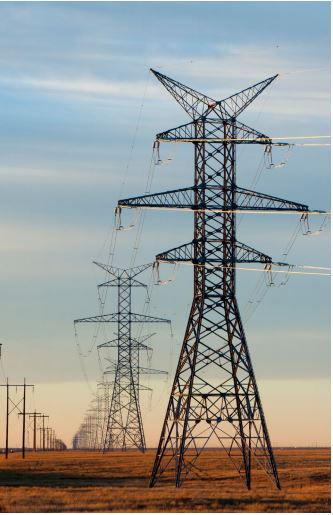What we regulate: Energy in Canada
Energy continues to play a fundamental role in the lives of all Canadians. From health care to agriculture to the clothes we wear, every product and service in our country requires energy.
In 2018, the energy sector made up 10.6%, or $221 Billion, of Canada’s Gross Domestic Product (GDP). The energy sector directly employed 282,000 jobs of the national workforce and total employment, including indirect jobs, was estimated at 4.5% (or 832,500 jobs). Energy products made up 23% of Canada’s total exports and were valued at $132.2 billion.
The CER regulates over 73,000 km of pipeline. If a pipeline system crosses provincial or international boundaries, it is regulated by the CER.
The CER also regulates 85 international power lines that total 1,462 km in length. Those transmission lines transport power generated mainly from renewable hydro sources.
In addition, the CER regulates pipeline tolls and tariffs, energy exports and imports, oil and gas exploration and drilling in certain northern and offshore areas of Canada as well as offshore renewable energy.
Canada remains a country with massive natural resources - and that is a great advantage for Canada - both today and for decades to come.


